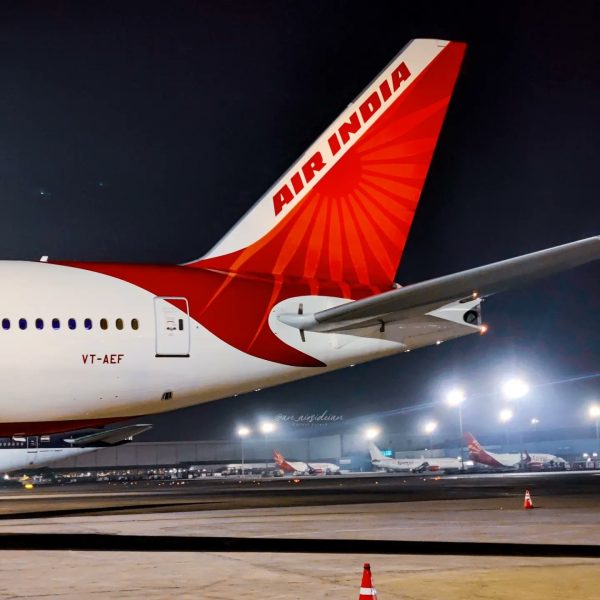
Air India aircraft deal: Easy part done, task is to boost service, manage fleet

The $70-billion 470-aircraft blockbuster deal couldn’t have come at a better time for Air India, which is under fire at home for its poor in-flight service and on-time performance.
Since the transaction’s announcement, the proverbial elephant in the room has been moved to the sidelines. However, once the accolades for sale, considered the largest in aviation history, have worn off, the airline will still need to address these and other difficulties as soon as possible.
Last week, the chairman of the Economic Advisory Council to the Prime Minister (EAC-PM), Bibek Debroy, tweeted that the airline was in a much better position before it was privatised. “Fed up with Air India. Booked on AI 687 to Delhi. Scheduled time of departure 16.35. ETD keeps changing. Now 19.00. No information even now. It was better before privatisation…,” tweeted Debroy.
Also read: Air India will need more than 6,500 pilots for 470 planes in coming years
Replying to another tweet, he added: “…But this, I will swear, customer service is rare. And new planes won’t guarantee success.” “…Conscious decision, given a choice, will never fly Air India in the foreseeable future.”
Mounting pressure
The tweets were made in his personal capacity and did not reflect the views of the government, but it’s clear that criticism against the airline from those who matter in the Centre is mounting.
While the mega-deal appears optimistic, Airbus or Boeing will have to exert significant effort to meet the delivery deadline. Let us first study the order book: The order is for 250 Airbus aircraft, including 140 narrowbody A320 NEOs, 70 narrowbody A321 NEOs, and 40 widebody A350s. Orders for 220 planes, including 777 aircraft (10), 787 aircraft (20), and B737 Max aircraft (190).
Most of the orders are anticipated to be delayed in delivery due to the massive backlog, even if the two aircraft manufacturers may reroute some of the orders already placed by other airlines to Air India. Boeing had a backlog of 4,600 aircraft as of the end of 2022, whereas Airbus had a backlog of 7,240 aircraft.
Also Read: What Air India’s deal to buy 470 aircraft tells free-market fundamentalists
Provided the aircraft makers can complete the deliveries on time, Air India must recruit sufficient cabin crew to staff the flights, a challenge shared by other airlines. Next, aircraft deployment is contingent upon the configuration of the new routes and the frequency of the current routes.
Also read: The case for IndOS: Does India need its very own Android?
Lesson from past
A case in point is when Kingfisher Airlines launched its London-Bangalore-Colombo service — it had to withdraw it after British Airways lowered its fares hastily. If Kingfisher Airlines had earmarked enough investment for that route, it could have managed to sustain its operations long as its inflight service matched that of British Airways. It could not do so as it had taken on the debt of Air Deccan and its losses to make it easier for it to invest more in gaining market share.
Due to its massive aircraft purchase, Air India is also expected to face increased competition from other airlines, including Gulf carriers on foreign flights and IndiGo on local flights.
In the aviation industry, which requires a lot of capital and has razor-thin profit margins, the key to an airline’s success is to be as careful with its money as possible while having enough money to steal market share from the competition. It’s a contradiction that airlines have to deal with every day.
Also read: Air India’s mega aircraft order could change India’s aviation dynamics
Little elbow room
Even more so for the people in charge of Air India since the airline is understood to be losing about Rs 15 crore every day of its operations. With the rest of the airlines in Tata Sons’ portfolio set to be merged into Air India, the company’s losses will only grow, giving it little room to move into a stronger position. It will take coordinated efforts and sustained investments for the five-year Vihaan — AI road map, unveiled last year and built on five key pillars: exceptional customer experience, robust operations, industry-best talent, industry leadership, and commercial efficiency and profitability — to be successful.
Placing such a large order for aircraft was, in retrospect, the simple part. The more tough and hard task is managing the expanding fleet and turning around the airline.


